 I just returned from a week-long scientific mission in China sponsored by the Australian Academy of Science, the Australian Academy of Technological Sciences and Engineering and the Chinese Academy of Sciences. I was invited to attend a special symposium on Marine and Deltaic Systems where research synergies between Australian and Chinese scientists were to be explored. The respective academies really rolled out the red carpet for the 30 or so Australian scientists on board, so I feel very honoured to have been invited.
I just returned from a week-long scientific mission in China sponsored by the Australian Academy of Science, the Australian Academy of Technological Sciences and Engineering and the Chinese Academy of Sciences. I was invited to attend a special symposium on Marine and Deltaic Systems where research synergies between Australian and Chinese scientists were to be explored. The respective academies really rolled out the red carpet for the 30 or so Australian scientists on board, so I feel very honoured to have been invited.
During our marine workshop, one of my Chinese counterparts, Dongyan Liu from the Yantai Institute for Coastal Zone Research, presented a brilliant piece of ecological sleuthing that I must share with readers of ConservationBytes.com.
The first time you go to China the thing that strikes you is that everything is big – big population, big cities, big buildings, big projects, big budgets and big, big, big environmental problems. After many years of overt environmental destruction in the name of development, the Chinese government (aided by some very capable scientists) is now starting to address the sins of the past.
Liu and colleagues published their work earlier this year in Marine Pollution Bulletin in a paper entitled World’s largest macroalgal bloom caused by expansion of seaweed aquaculture in China, which describes a bloody massive outbreak of a particularly nasty ‘green tide’.
What’s a ‘green tide’? In late June 2008 in the coastal city of Qingdao not far from Beijing (and just before the 2008 Olympics), a whopping 1 million tonnes of green muck washed up along approximately 400 km2 of coastline. It took 10,000 volunteers 2 weeks to clean up the mess. At the time, many blamed the rising eutrophication of coastal China as the root cause, and a lot of people got their arse kicked over it. However, the reality was that it wasn’t so simple.
The Yellow Sea abutting this part of the Chinese coast is so named because of its relatively high productivity. Warm waters combined with good mixing mean that there are plenty of essential nutrients for green things to grow. So, adding thousands of tonnes of fertilisers from Chinese agricultural run-off seems like a logical explanation for the bloom.

Qingdao green tide 2008 © Elsevier
However, it turns out that the bulk of the green slime was comprised of a species called Enteromorpha prolifera, and it just so happens that this particularly unsavoury seaweed loves to grow on the infrastructure used for the aquaculture of nori (a.k.a. amanori or zicai) seaweed (mainly, Porphyra yezoensis). Problem is, P. yezoensis is grown mainly on the coast hundreds of kilometres to the south.
Liu and colleagues examined both satellite imagery and detailed oceanographic data from the period prior to the green tide and not only spotted green splotches many kilometres long, they also determined that the current flow and wind direction placed the trajectory of any green slime mats straight for Qingdao.
So, how does it happen? Biofouling by E. prolifera on P. yezoensis aquaculture frames is dealt with mainly by manual cleaning and then dumping the unwanted muck on the tidal flats. When the tide comes back in, it washes many thousands of kilos of this stuff back out to sea, which then accumulates in rafts and continues to grow in the warm, rich seas. Subsequent genetic work also confirmed that the muck at sea was the same stock as the stuff growing on the aquaculture frames.
Apart from some lovely sleuthing work, the implications are pretty important from a biodiversity perspective. Massive eutrophication coupled with aquaculture that inadvertently spawns a particularly nasty biofouling species is a good recipe for oxygen depletion in areas where the eventual slime monster starts to decay. This can lead to so-called ‘dead’ zones that can kill off huge numbers of marine species. So, the proper management of aquaculture in the hungry Goliath that is China becomes essential to reduce the incidence of dead zones.
Fortunately, it looks like Liu and colleagues’ work is being taken seriously by the Chinese government who is now contemplating financial support for aquaculturists to clean their infrastructure properly without dumping the sludge to sea. A simple policy shift could save a lot of species, a lot of money, and a lot of embarrassment (not to mention prevent a lot of bad smells).
CJA Bradshaw











 Liu, D., Keesing, J., Xing, Q., & Shi, P. (2009). World’s largest macroalgal bloom caused by expansion of seaweed aquaculture in China Marine Pollution Bulletin, 58 (6), 888-895 DOI: 10.1016/j.marpolbul.2009.01.013
Liu, D., Keesing, J., Xing, Q., & Shi, P. (2009). World’s largest macroalgal bloom caused by expansion of seaweed aquaculture in China Marine Pollution Bulletin, 58 (6), 888-895 DOI: 10.1016/j.marpolbul.2009.01.013


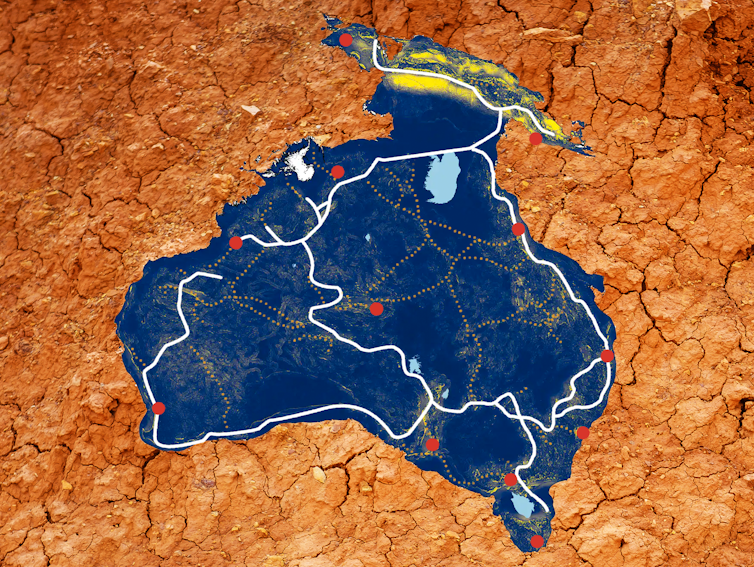
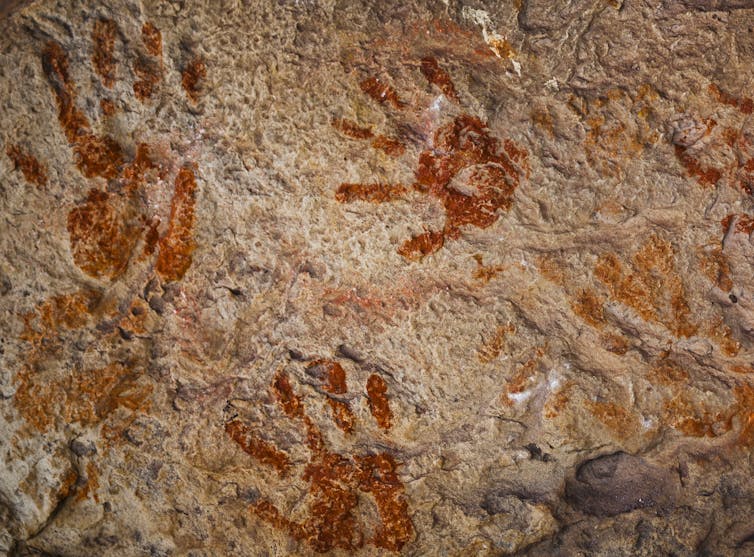
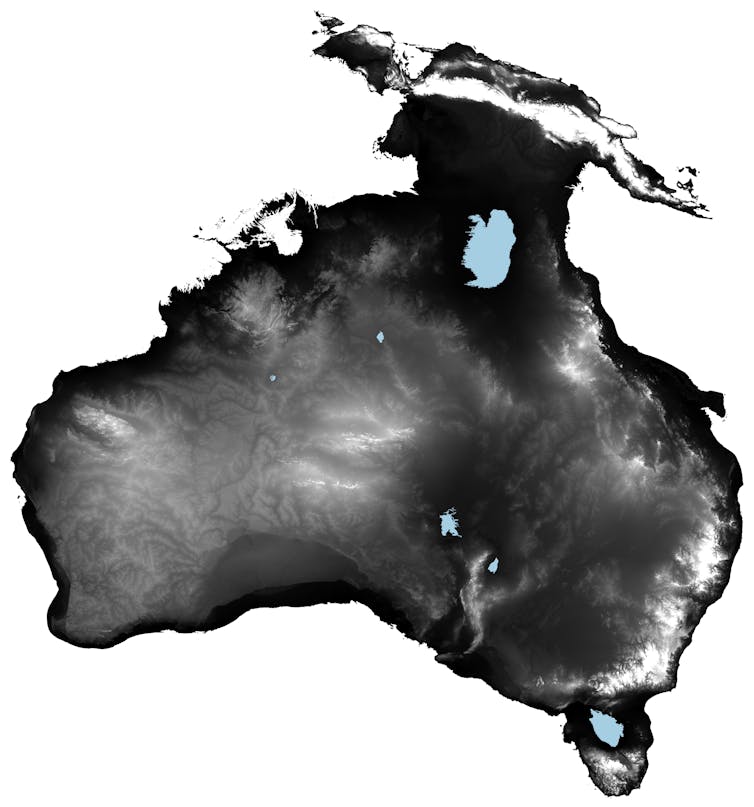
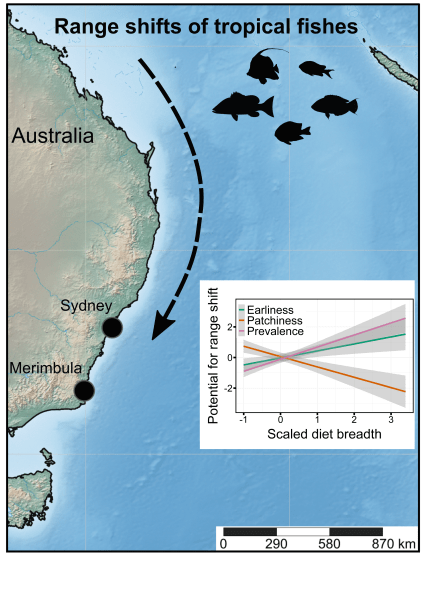 Ecologists often rely on measuring certain elements of a species’ characteristics, behaviour, or morphology to determine if these — what we call ‘traits’ — give them certain capacities to exploit their natural environments. While sometimes a bit arbitrarily defined, the traits that can be measured are many indeed, and sometimes they reveal rather interesting elements of a species’ resilience in the face of environmental change.
Ecologists often rely on measuring certain elements of a species’ characteristics, behaviour, or morphology to determine if these — what we call ‘traits’ — give them certain capacities to exploit their natural environments. While sometimes a bit arbitrarily defined, the traits that can be measured are many indeed, and sometimes they reveal rather interesting elements of a species’ resilience in the face of environmental change.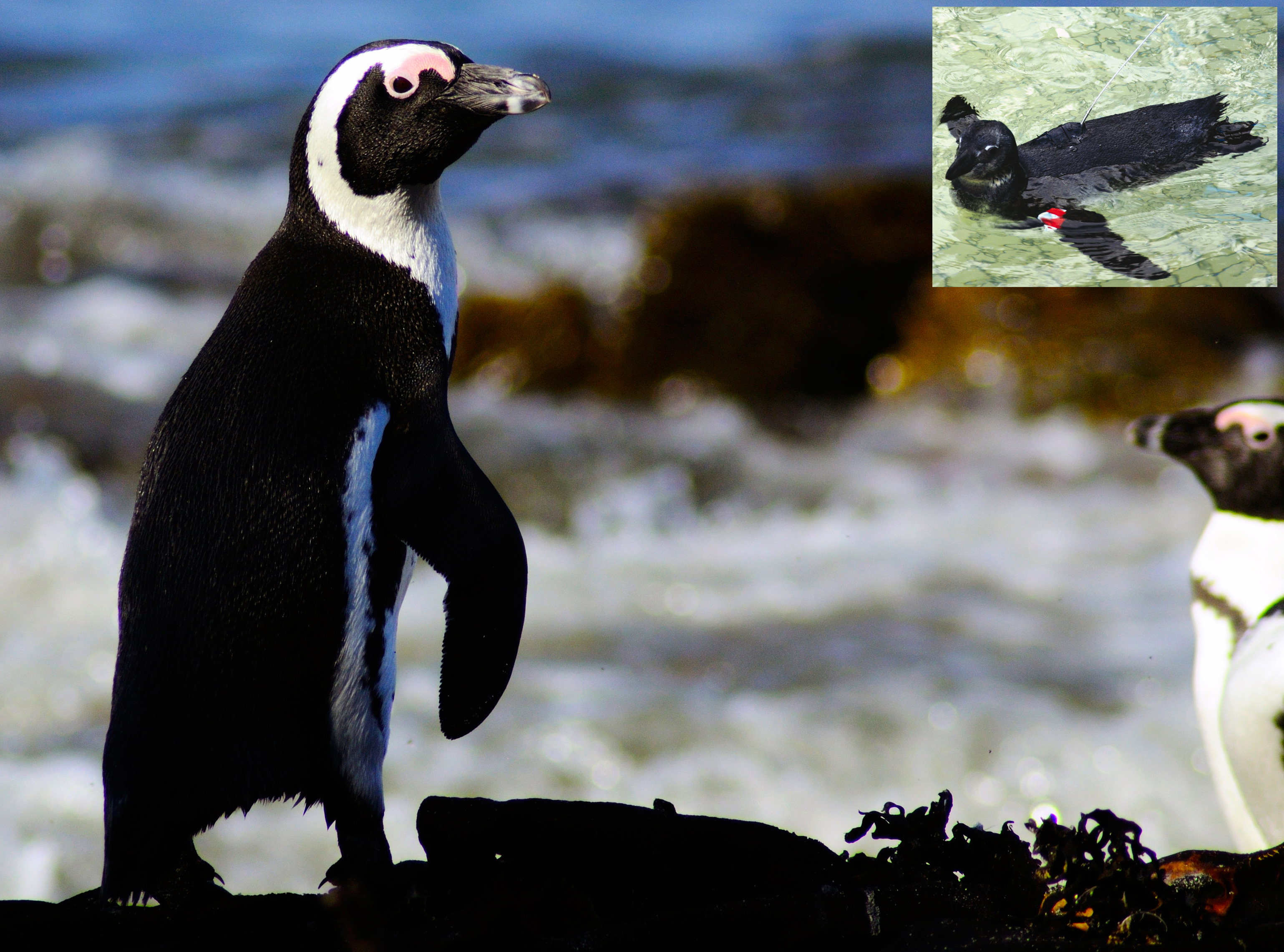
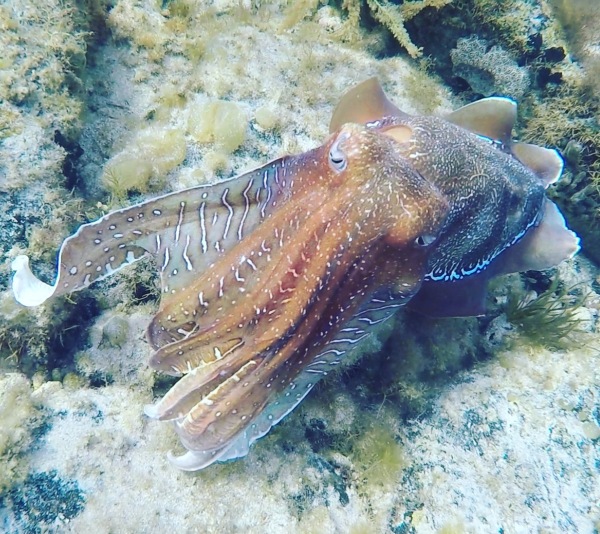

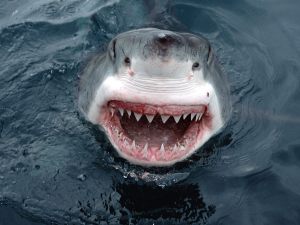



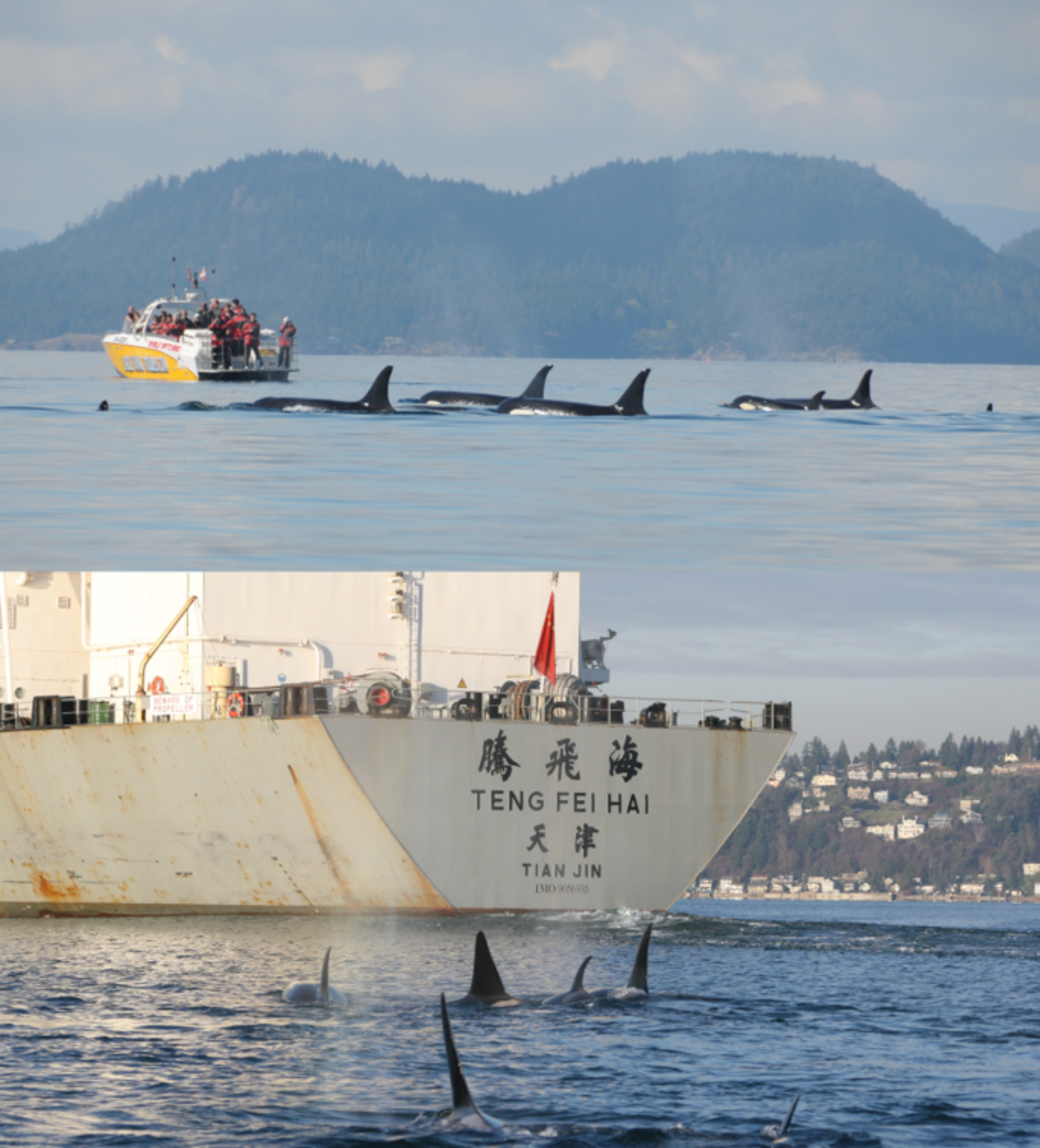


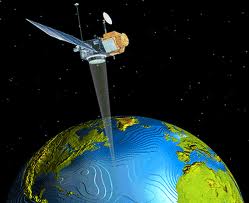

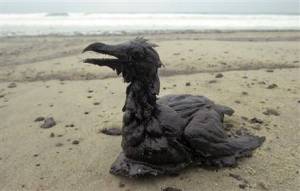











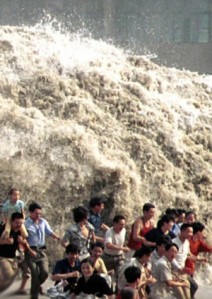 Today’s post covers a neat little review just published online in
Today’s post covers a neat little review just published online in 









 I just returned from a week-long scientific mission in China sponsored by the
I just returned from a week-long scientific mission in China sponsored by the 












